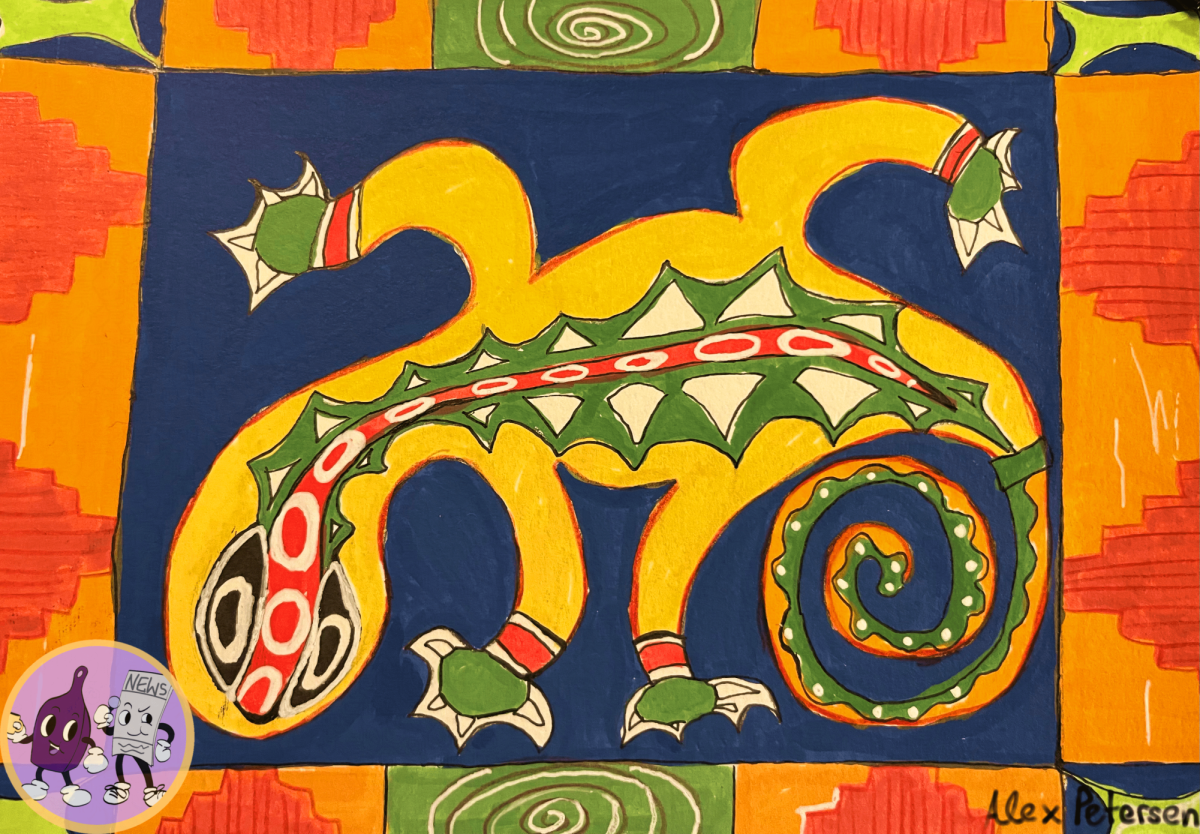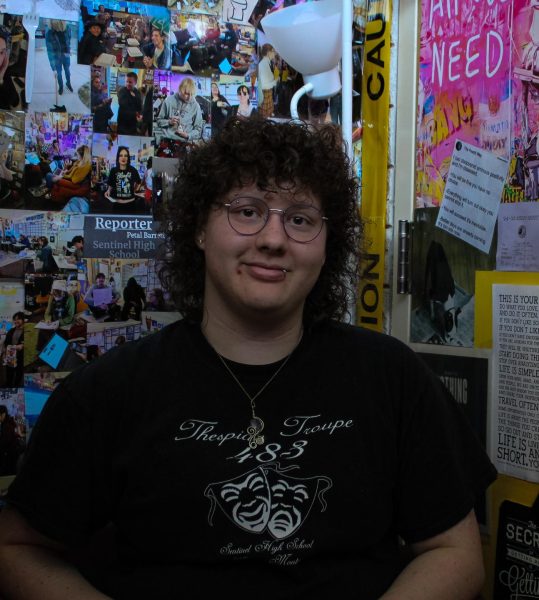In the United States, much of what is known about Latin American culture is of Mexican origin due to its proximity. Mexico, however, has very different arts and traditions than Peru does which contains the artistic history of the Incan, Mayan, and Nazca (Nasca) people.
The Nazca people created ancient symbols carved into the foothills on the Peruvian coast over 1,515 years in the desert plains of the Rio Grande de Nasca. There were an extreme quantity of these geoglyphs that are similar to cave paintings depicting images such as plants, animals, symbols, and some seemingly ritual figures. These lines cover nearly 753,584,700 meters (290.96 miles).
The drawings themselves differ greatly in style from many other ancient glyphs. They were often large white-lined shapes in a round style with one of the most well-identified symbols being a large spider near the Pampa Colorada.
These designs, much like the cave paintings, are thought to have directional, religious, or creative purposes.
These lines were often carved in an extremely simplified manner, generally leading to one or two official shapes being visible. This complex technique behind the simple design has been carried into many other forms of art that have lasted much longer.
Peru has had many different traditions with its artistry. This was mainly because of the length of time its people were creating art; as well as the various communities throughout the years. The Incan people of Peru flourished during the thirteenth century; one of their primary forms of artwork were their tapestries.
While modern-day tapestries are often sewn in a similar fashion to simple clothing, Incan tapestries were intricately weaved pieces of expression. These textiles would often represent wealth and status; they were so important that they were worth more than silver or gold in many forms of trade with local and international trade. The extent of their value resulted in many of the original weavings being burnt to avoid them falling into the Spanish’s hands.
Men and women were both weavers, however, women of all classes were expected to obtain the ability as they grow up. As with most weaving, the instrument used was a loom. They would use a backstrap loom for small works and a horizontal or vertical loom for larger ones.
While the Inca were the ones that made the tapestries both more accessible and more popular, before them the Nazca and Moche were the ones weaving the beautiful designs.
Modern-day Peru keeps this ancient tradition alive with natural dyes and alpaca wool to create its own tapestries. These newer textiles might not be worth more than gold, but they are an incredible beauty of their own.
These textiles later became the foundation for future pottery of Peru. The pottery was often made of clay due to an abundance of the material in river valleys.
One of the main Incan spiritual potted designs is a two-spouted bottle with a depiction of Pachamama, also known as the Earth Mother. Many of these pots would be created by making a long snake of clay, layering the clay into the desired shape, and smoothing it until it forms the arrangement they want.
As with much of modern day pottery, the glaze (or slip) would be applied before firing and often change hues in the pit they would use to fire their creations. Earthy tones, such as brown, red, and black, would often be the most popular shades of glaze to add contrast to a piece.
During ancient Peruvian times, this ceramic work was the only widespread form of painting. However, the Moche people would create various murals often of religious origins.
One of the temples featuring Moche murals is the Huaca de la Luna, or the “Temple of the Moon”. It is currently in ruins near the city of Trujillo, but the temple’s walls are riddled with carvings of people, deities, and faces.
The temple began to deteriorate due to its nearly 1,500 years of age. In 2001, however, a project run by the World Monuments Fund, began to conserve the temple as a historical monument.
Another commonly seen symbol was Ai-Apaec, a mythical hero often worshiped between 200 A.D. and 900 A.D.. This figure was depicted on Pañamarca fighting with a counterpart of himself.
These murals were some of the only physical paintings in Peru; however, when the Spanish officially invaded Peru they brought the popularity of two-dimensional painting with them. Cave paintings predated the ceramic period and could be found all over the world.
The paintings the Spanish would implement were frequently used in order to promote and to worship the Catholic Church. Murals were cheaper than statues or altarpieces and the indigenous people were already familiar with the medium, making them a preferable method of conversion.
Many of these murals were located in Cuzco, Peru, which has Modern day Cuzco still continues the tradition of Peruvian murals. In 1992, Juan Bravo Vizcarra created a massive painting called “Gran Mural del Cusco” or the Great Mural of Cuzco. The art depicts various aspects of the history of Peru.
One major cultural aspect that survived the conversions was Peruvian dance. Peru’s history with music and choreography dates back 15,000 years. As with much of the country’s ancient history, the most impactful era of dance was during the Incan Empire.
The dances of the time were often used for rituals, emotional communication, and community. They are often colorful such as the Marinera, which can be found in several cultures such as African, Spanish, and Andean.The story told in the dance of the Marnera is one of love. A couple will dance two separate flowing dances that follow seamlessly into one another that may symbolize the fluidity of life and love.
Another common dance is the traditional dance of Cuzco, which is considered a centerpiece of Peruvian culture. The dance itself represents the country and the dancers’ place in it. Dance has a huge impact in Latin American cultures, and Peruvian lifestyles are no different in that aspect.
Peru has its own rich and intricate history that can be similar to other cultures, but that is also wholly its own in so many ways with its designs and music and all of the ways that they came to be.





